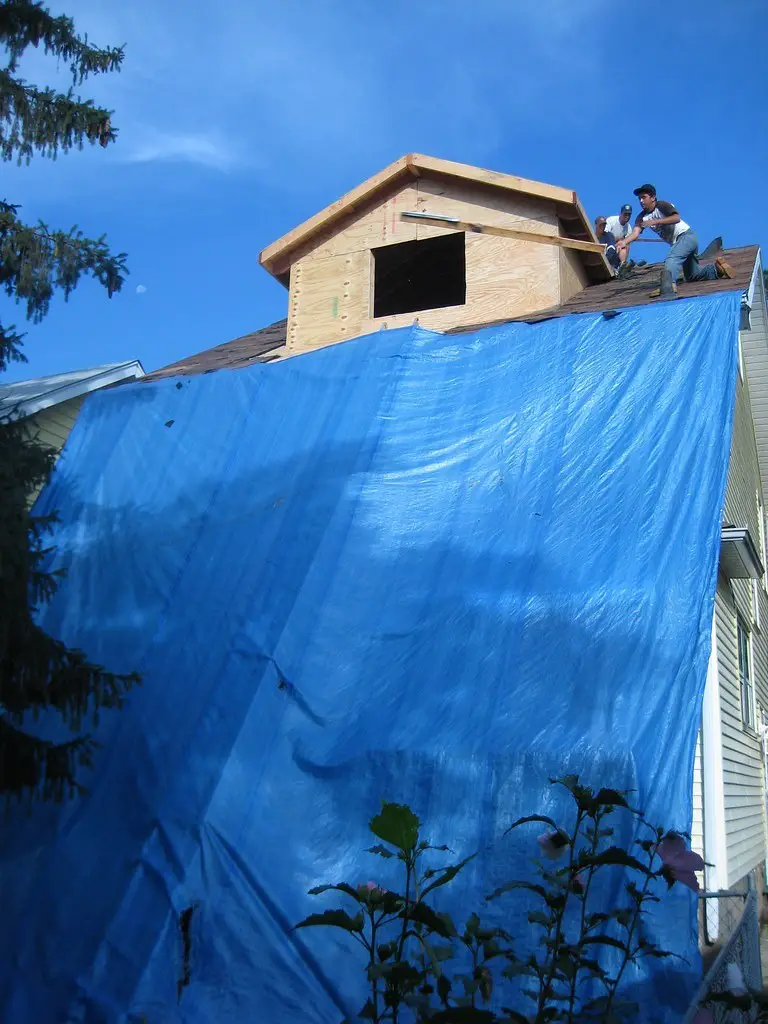Last Updated on: 8th October 2021, 09:55 pm
When most people think of roofs, they think of shingles. These are the most common type of roofing and there are a lot of styles to choose from.
If you are a DIY’er, then you can buy raw materials and do the installation yourself, or you can hire a professional installer. Either way, shingles are the most common type of roofing and are very versatile.
The most common type of roofing shingles are the 3-tab shingles. The 3-tab shingles are single-ply roofing products made from asphalt, covered with a layer of mineral granules for better protection. Here is a step-by-step guide how to install them.
- Install starter shingles across eaves. 3 tab shingles with tabs cut off may be used as starter shingles.
- Extend starter shingles 1/2″ past eave edge and gable edge for extra weather protection. Follow manufacturer’s guidelines for nail locations in shingles. The most common problems when installing shingles is improper nail length. The nails need to be long enough to penetrate the roof deck, but short enough to avoid cutting the shingles in half. The second most common problem is not keeping the nails straight. Use 1 1/2″ or longer galvanized roofing nails for best results.
- Start first course of shingles with a full shingle, installing it flush with the starter shingle at the eave and the gable. Measure the distance from the gable edge to the end of the shingle (usually 35 1/2″).
- At the top of the gable, measure out the same distance and make a mark. Snap a line from the mark to the edge of the first installed shingle to keep vertical lines straight. Repeat this step when installing first shingle of second course.
- To start second course, cut off half a tab (usually 6 inches) on the side of the shingle that will extend over the gable edge. Most 3 tab shingles have a small cutout at the top of the shingle at the center of each tab. This gives the installer a chance to exactly line up each shingle where it needs to be left to right relative to the course below.
- To set proper exposure, follow manufacturer’s instructions and set the shingle the proper height above the previous course. It is a good idea to snap a horizontal line across the eave at this point to keep the second course straight.
- Continue up through the sixth course, cutting an additional half-tab of shingle off until left with a half-tab at the sixth course to start with. At the seventh course, start once more with a full shingle. Alternately, it is possible to simply cut off a half-tab every second course and alternate with a full shingle, but this method does produce more waste.
- Work all the way up the gable, following vertical chalk lines and snapping additional horizontal lines as needed. Shingle around stack pipes, chimneys, etc.
- Cut out vent holes at the ridge,install ridge vents and shingle over them with single tabs of 3 tab shingles using 3″ roofing nails. Leave the same exposure as in a normal shingle application for proper ridge cap function.
- Caulk any exposed nail heads at ridge, on pipe boots, andwhere else on roof to prevent leaks.
- Clean up thoroughly around the job site, using a roofing magnet to pick up dropped nails.
